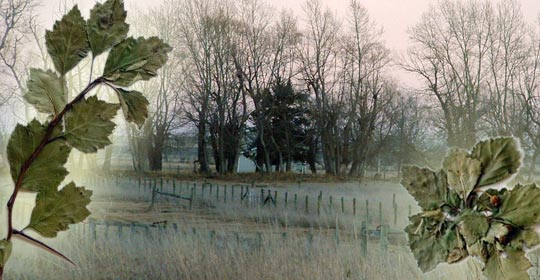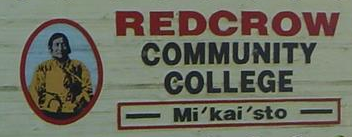Í’kaasi’míín – Crataegus chrysocarpa Ashe (Foot blister berries)

This plant is usually found at the edges of Poplar groves.
Í’kaasi’míín
Í’kaasi’míín iikaikottskiisaissksiimokoyi niipistsi. Iitowapistsiskitsi mo Aapistsiskitsaato’si ki Iisamssootamstaa. Mo niipoyi pisatssaiskiistsi iitaomaohksiiniiwa’siiyaw.
Kitommahkitpiiminnooniksi ihtaiskssimayaw to’kskaistsi ki mo isstoyiis nohkotsitaoyiiyaw ki niistsi aistamiowatoomiaw aiaitsisaa. Omistsii isskssiipistsi miinistsi awakohsi’pia iitohtaisaipiohsatsoohso’p ki iikatsitapssokia’pi mosskitsipaahpiyohtohkohsiistsi.
Fireberry Hawthorn

Crataegus chrysocarpa Ashe
Galileo Educational Network
The Fireberry Hawthorn has dark green leaves with jagged edges. It bursts into flower in May and June, producing clusters of little white 5-petalled flowers. Those flowers change into round red berries filled with seeds later in the summer. It grows in open woodland, coulees and at the edge of poplar groves. It needs to be in a place with a good amount of moisture.
The elders used the berries for food when they were ripe and ready. They would eat them fresh or dry them for the winter. The branches were used as “camas sticks” to dig up camas bulbs for food.
You can take the dried berries, add some water and then boil them to make a mild laxative. This tea is good for heart troubles.
Aubépine dorée

Crataegus chrysocarpa Ashe
USDA-NRCS PLANTS Database / Britton, N.L.& Brown,A.
Les feuilles de l’aubépine dorée sont d’un vert foncé au contour dentelé. L’aubépine fleurit en mai et en juin sous la forme de grappes de petites fleurs blanches à cinq pétales. Plus tard dans le courant de l’été, ces fleurs se transforment en baies rouges et rondes remplies de graines. L’aubépine dorée pousse dans les forêts pas trop denses, des les coulées et en bordure des bosquets de peupliers. L’aubépine a besoin de beaucoup d’humidité.
Nos aînés mangeaient les baies d’aubépine quand elles étaient mûres. Ils les mangeaient fraîches ou encore, ils les faisaient sécher pour faire leurs provisions d’hiver. Avec les branches d’aubépine, ils faisaient des bâtons à camas, c’est-à-dire qu’ils s’en servaient pour chercher les bulbes de camas dans le sol afin de les manger.
Ils pouvaient aussi ajouter de l’eau aux baies séchées, faire bouillir le tout et obtenir un laxatif pas trop fort.
- Britton, N.L.& Brown,A. (1913). Illustrated flora of the northern states and Canada. Vol. 2: 156. The PLANTS Database (http://plants.usda.gov). National Plant Data Center, Baton Rouge, LA 70874-4490 USA. Retrieved Feburary 11, 2005 http://plants.usda.gov
- Hellson, John C. (1974). Ethnobotany of the Blackfoot Indians. Ottawa: National Museums of Canada.
- Kerik, Joan. (1979). Living With The Land: Use of Plants by the Native People Of Alberta. Edmonton, Alberta: Provincial Museum of Alberta.
- Moerman, Daniel E. (1998). Native American Ethnobotany. Portland: Timber Press.
- Vance, F.R., Jowsley, J.R. & Mclean, J.S. (1984). Wildflowers Across The Prairies. Saskatoon, Saskatchewan: Western Producer Prairie Books.





